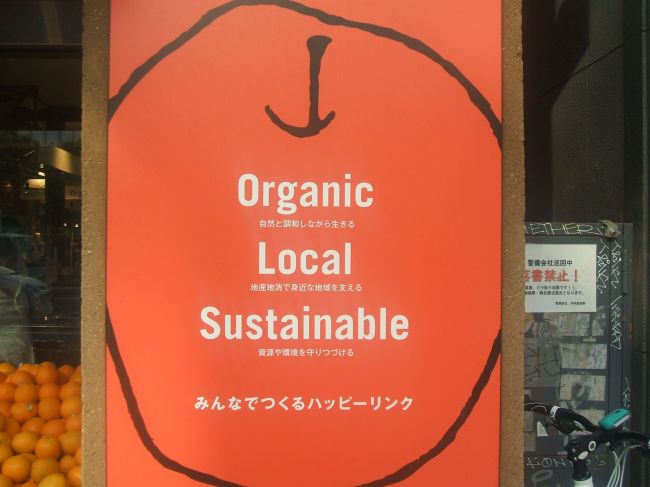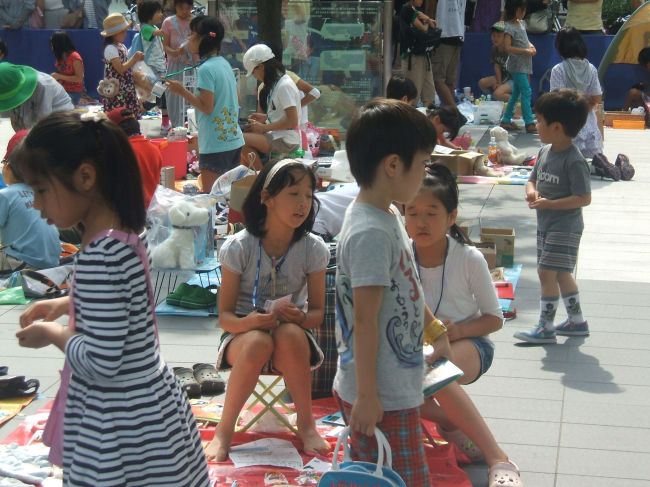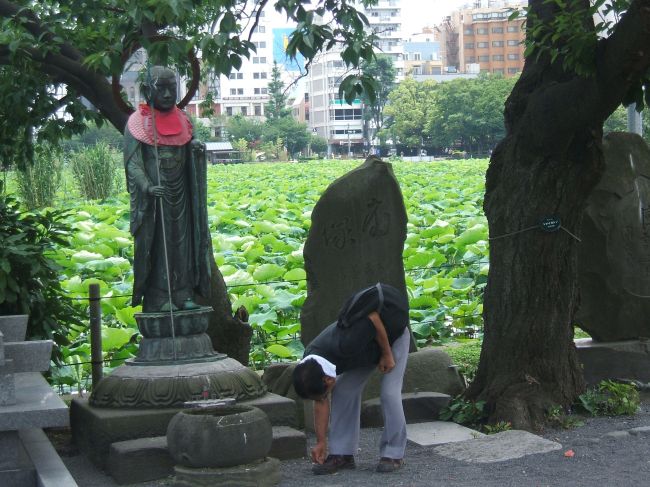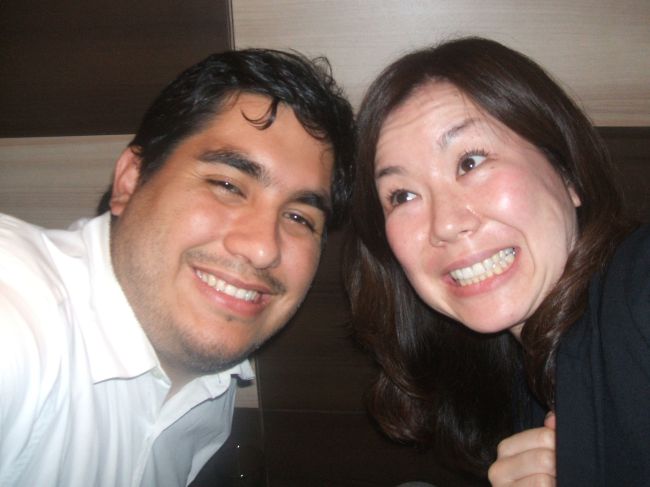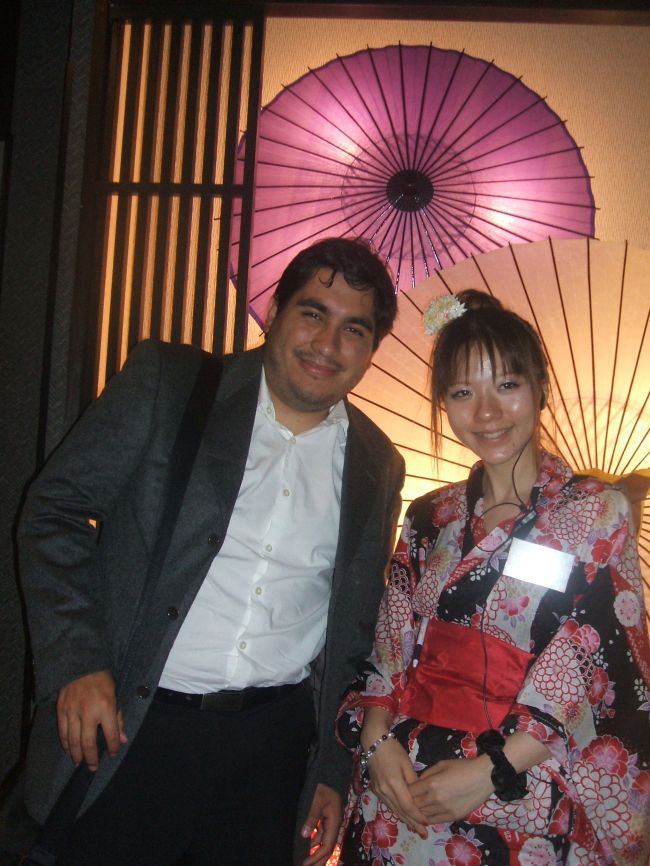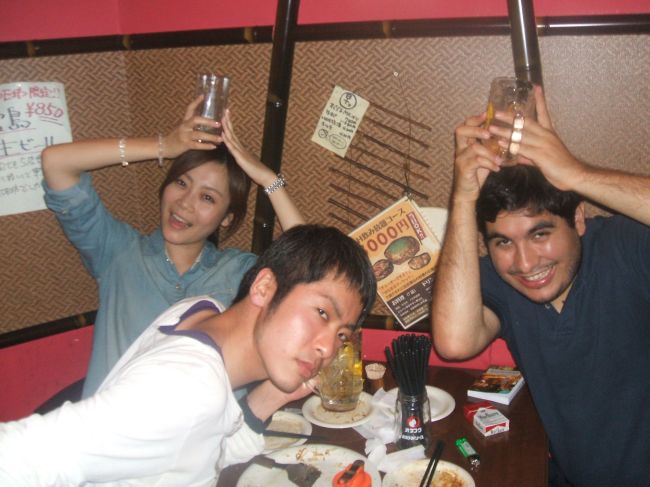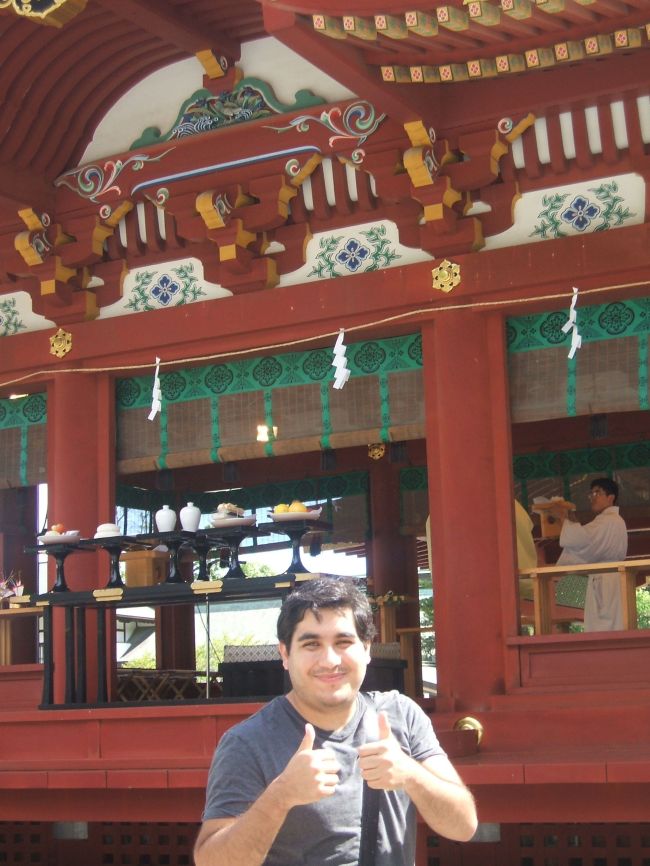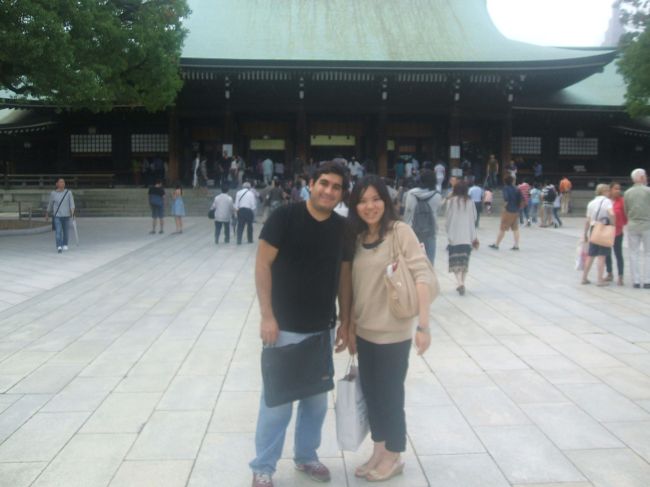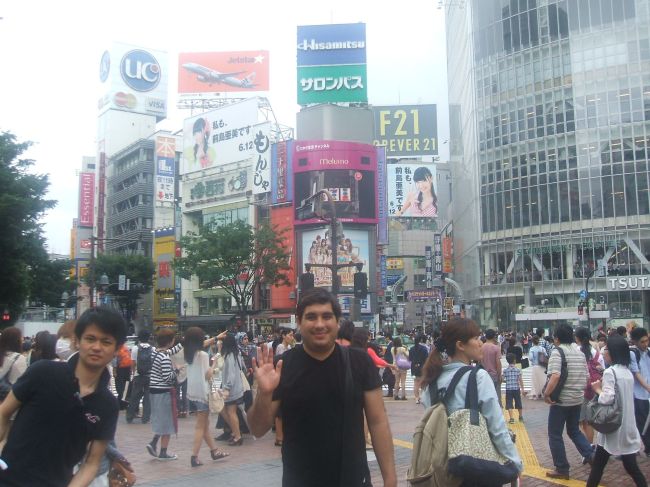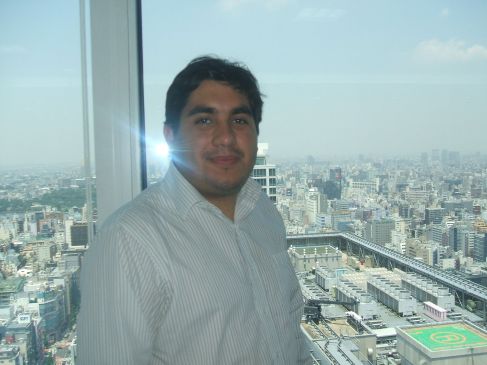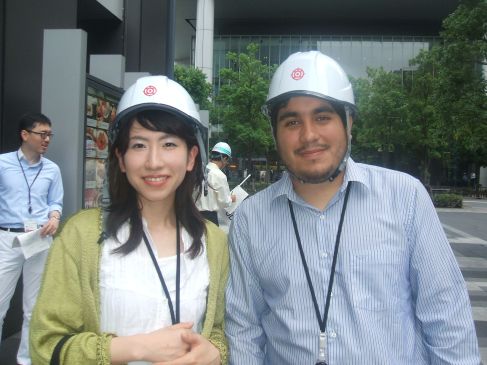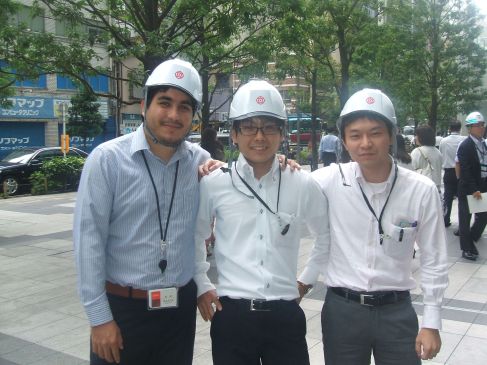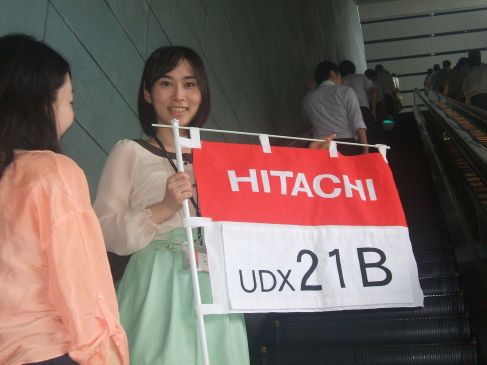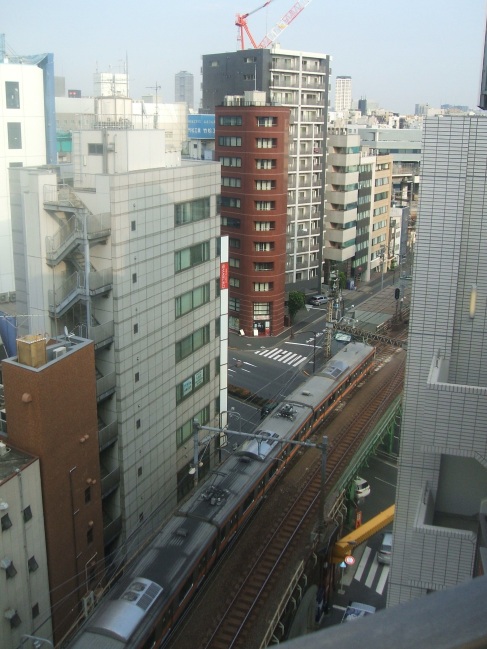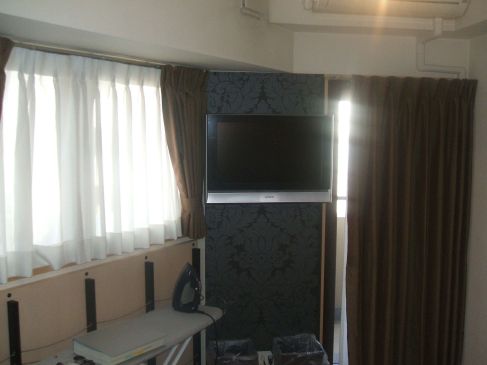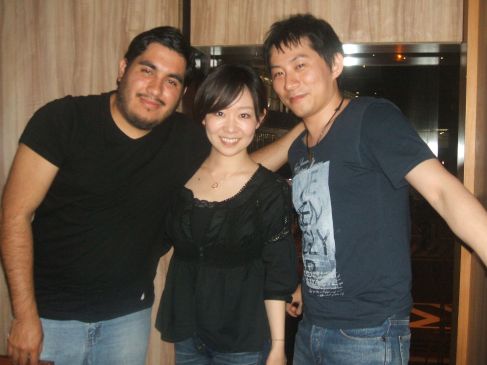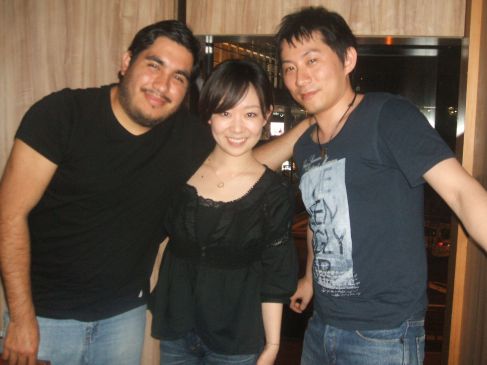Few debates are so relevant for the public attention such as the one that is going on right now in Mexico about minimum wages. The fact is that this economic concept is so important to a personal and a national level because it determinates the standard of living of people and societies in general. My interest started after reading an opinion about how the high standard of living of countries such as Germany and Switzerland is in part the result of their flexible labor systems that exclude the minimum wage.
My basic knowledge about the topic motivated me to look up some studies related to the impact of changes in the minimum wage on diverse economic aspects. With this research I don’t expect to state an expert opinion in the topic or to reach to conclusive answers about this issue. This exercise has to do more with identifying key element points that can help to shape more robust opinions in this concern.
First, I learned that the minimum wage is an economic variable with great impacts in diverse economic factors. There are empirical studies focused in impacts of the m.w. on employment, income inequality, inflation and skill differences between workers. Surprisingly, I also learned that m.w. has no impact in these same concepts whatsoever. More clearly, empirical results from studies show most of the times inconclusive results in this regard. What a dilemma!
Conventional economic analysis states that increases in the wage floor have as a consequence two effects in the economy: the substitution effect and the scale effect. More precisely, when wages increase the production cost for employers rises; this at the same time motivates the producers to increase prices of goods and services that they offer. The inflationary impact firstly disincentives consumption of these goods and services, secondly reduces of production levels and finally lowers the demand of workers (scale effect).
On the other hand, the increase of the wage floor drives up the costs of labor (mainly low skill labor) with respect to other production factors. This increase in costs disincentives labor investments in the production (substitution effect).
It is also true that high wages also tend to disincentive the attraction of investment in highly productive sectors of the economy. These ideas are linked to the economic growth theory that emphasizes that increases in the productivity of an economy are the adequate way to reach sustainable economic growth more than increases in wages. However, increases in the productivity are explained by changes in technologies and increases in the educational and training levels of workers, factors that require long-term strategies to change.
For all of the above it is pretty clear isn’t it? We have to avoid taking decisions towards changes in m.w. Due the fact that market economy will define the optimum level of labor needed for the production with the optimum level of wage required. Haven’t we?
The main issue with this statement is that assumptions on this model don’t directly hold to the reality of actual labor markets. Moreover, these assumptions specifically don’t hold to the reality of labor markets in developing regions such as Latin-American countries. The studies mention several economic distortions in Latin American labor markets such as: differences in skill levels among workers, non-perfect competitive markets and informal markets.
In Latin America, low skill workers have wages near or equal to the level of the m.w. Furthermore, the income of these workers is usually the lowest in the society. For this reason, if m.w. changes, the incomes from these workers will be the ones that would present the biggest changes in relation to other segments of the population. A research of the World Bank and the University of Bogota found in this regard that increases in wages have a positive impact in the income redistribution of societies. In this same way the University of Illinois found in Honduras a positive impact in the redistribution of income when wages of workers close to the wage floor increase. If we consider that 10% to 30%[1] of formal workers in Latin America have incomes near or equal to the m.w. , We can state that changes in m.w. affect a great segment of the working population in these countries.
In the case of informal workers, the studies show that the m.w. is a relevant indicator to measure the income of this segment of the workforce. In addition, the studies show a lighthouse effect in changes in the income level of informal workers when m.w. changes. This argument is very important if we consider that a great proportion of labor in Mexico works in the informal sector.
The redistribution effect of income of the society has a natural impact in the inequality level of societies. If the low-income workers (the ones closer to the m.w.) have an increase in their income, the differences among the highest and lowest percentiles of the society reduce significantly. As an example, researchers at the London School of Economics in their study of the real wage in Mexico during 1980 and 2004, found that the degradation of the wage in real terms contributed to the increase in income inequality in the Mexican society.
It is very important to highlight that, authors of these studies warned that these results don’t define m.w. as an economic tool to eradicate poverty, due the potential impacts in unemployment and inflation mentioned in the last paragraphs.
Here we found two different approaches for analyzing the changes in the m.w., and the issues when deciding about increases or decreases in the m.w. As I mentioned earlier my intention here is not to arrive to a final conclusion, but to show part of the previous arguments in this respect. In the end it is good to shape our own conclusions considering the important aspects of the topic.
[1] In specific for Mexico, in a recent calculation of the UNDP states that 40% of the workers have an income close to the m.w.



